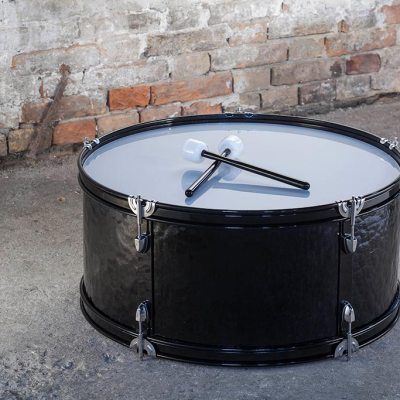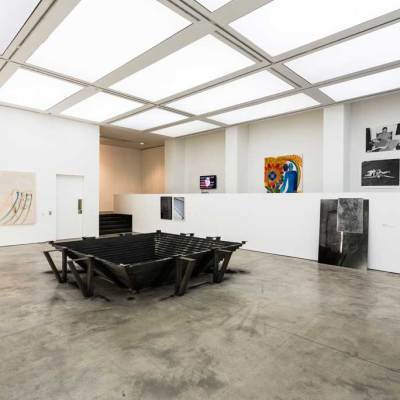The most important role of any art museum, I was once told, is the conservation of the works in its collection. The man speaking described the gallery as a machine, finely tuned to ensure that the objects in its care remain as close to their perfect states as possible, and excluding things that might damage them: air, light, humidity, dryness, water, vermin, people. If a work decays or changes when it’s not meant to, it loses its artistic aura.
I liked the metaphor: it made me think about galleries in a way that I hadn’t considered before. Yet there was an obvious and irreconcilable tension with the other big job of an open gallery, which is to allow its works to be experienced: to expose them to the invigorating (if damaging) presence of the public.
The Whitney Museum of American Art is moving downtown. Its new Renzo Piano-designed home in the Meatpacking district of Manhattan will not only shift the balance of New York’s art institutions away from the Upper East Side, but enable the museum’s second, more vigorous aim of unpacking its extensive collection and energising American art. Apollo was lucky enough to attend a hard-hat tour of the building, which is due to open in the spring of 2015.
The new gallery seems to twist and hover above the ground. Its inverse-staircase structure recalls the Whitney’s current address at 75th Street, designed by Marcel Breuer and Hamilton Smith, yet as you approach them, the two buildings couldn’t feel more different. The open, glazed lobby of the new Whitney draws you in and through. It’s lofty and bright, unlike the old building, which glowers over Madison Avenue like a slate-clad robotic cyclops.
To one side of the new building is the High Line, a promenade that weaves along a disused railway line through the Meatpacking district. At the other end, and visible through a floor-to-ceiling window, is the Hudson River. The first floor of the museum (the ground floor to those using the UK system) will host a free gallery with a rolling exhibition of the institution’s permanent collection. To enter the rest of the building, paying visitors will ride in elevators designed by Richard Artschwager, which are intended to immerse them in art before they’re deposited in the huge, pillar-free galleries on the upper floors.
The Artschwager lifts haven’t been delivered yet, but the experience of arriving on the eighth floor is impressive. It’s enormous, and the east and much of the west wall are entirely transparent. We arrived as the sun was setting, spilling golden light across the floor from the Hudson to the High Line. The gallery, which will share this space with a restaurant, is capped with an acutely-angled sawtooth skylight, giving the museum’s curators enormous flexibility when it comes to lighting the Whitney’s special exhibitions.
Descending a floor into what will become the Modern Collection Gallery, we’re shown a feature of the museum that sets it apart from others in the city. At the eastern end of the room is a ladder of terraces that extends the Whitney’s exhibition space outside over three floors, adding 13,000 square feet to the museum. Visitors will be able to move between these without going through the internal galleries – allowing special outdoor exhibitions to tumble through the museum both vertically and laterally, zig-zagging down the exterior of the building, and pulling the audience through a variety of spaces.
On the lower floors, the museum seems to expand endlessly. The sixth floor houses the Whitney’s first ‘Works on Paper Study Centre’, which will enable in-house access to a huge portion of the institution’s collection; the third contains a 170-seat performance space and a separate, dedicated Education Centre. These are all entirely new additions to the Whitney, and mark an energetic shift towards using its collection and institutional might to inspire coming generations of artists and academics. When it finally opens its doors, Renzo Piano’s new building will no doubt enable the Whitney to fully realise its role as the champion for American art.
The Whitney Museum of American Art is currently located on Madison Avenue at 75th Street, New York.







